The legendary Bian Que is considered to be the first true physician in China. He is credited as having developed traditional Chinese medicine and with several other notable achievements. The stories of his life have an almost mythical nature to them.
His real name was Qin Yueren, but due to the extraordinary nature of his healing abilities people gave him the name of the Bian Que after the fabled healer from the period of the Yellow Emperor, who reigned from 2697-2597 BCE, over 2000 years earlier.
Supernatural beginnings
Little is known about the early life of Bian Que. He was born around the year 401 BCE, and before he became a physician, he is said to have worked as an attendant at a hostel that catered to nobility. It was while he was working at this hostel that he encountered a mysterious elderly patron with astonishing healing skills.
Impressed by the kind and attentive service of Bian Que, the elderly patron decided to pass on his medical knowledge and also his supernatural healing abilities. The patron is said to have given Bian Que a set of medical texts to study but also gave him a packet of a mysterious medical substance with a set of detailed instructions on how to use it. Bian Que took the substance 30 days later and developed the X-ray-like ability to see inside the human body, and a superhuman ability to diagnose and treat disease. While this is obviously not true, it is a fantastic story nonetheless.
Wandering medical man
After developing these medical abilities Bian Que became a wandering medical man, travelling from town to town and treating the sick as he passed through.
The famous Chinese historian Si Maqian wrote the best-known biography of Bian Que. In this biography, Si Maqian discusses many stories of Bian Que effecting almost miraculous medical cures and even bringing the dead back to life on these travels. For this reason, he is sometimes referred to as the ‘doctor of miracles’.
He treated the rich and poor on even terms and was renowned as being a very fair man with great humility. He understanding of the medicine of that era was second to none, and according to Si Maquian, this knowledge and skill would not be repeated for generations. He stated:
“Bian Que expounded medicine as the guiding principle of medical technique; the later generations follow it and could not change it any more.”
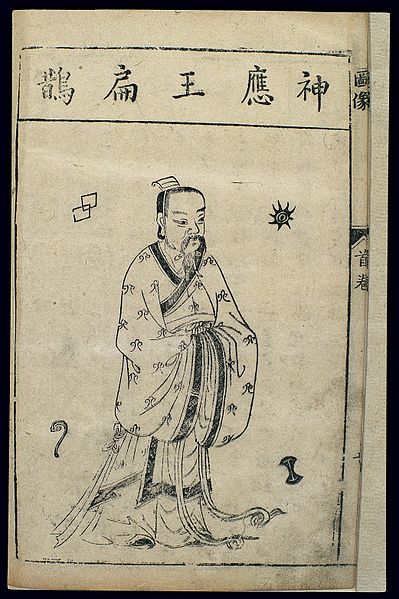
A Chinese woodcut of Bian Que from the Tang Period Wikipedia Courtesy of Wellcome Images CC BY-SA 4.0
Bringing the dead back to life
According to legend, Bian Que travelled to the state of Guo during his travels, and upon arriving he discovered many people mourning in the streets. He stopped and asked one of the mourners what had happened, and he was told that the beloved prince of the state had died suddenly and unexpectedly.
Bian Que immediately went to visit the prince’s father, who was the lord of the state. The lord agreed to allow him to examine his son’s body, and after a thorough assessment of the situation, Bian Que announced that the prince was in a coma-like state and could be brought back to life. He is said to have set a single acupuncture needle in the Baihu point on the head, and this brought the prince back to consciousness. He then prescribed him herbal medicines that healed the prince fully in around three weeks.
The medical achievements of Bian Que
Bian Que is thought to be the author of several famous and notable works of Chinese Medicine including Bian Que Nei Jing(The Internal Classic of Bian Que) and Bian Que Wai Jing(The External Classic of Bian Que). These have now been long lost to antiquity though, and their contents can only be found quoted in small parts in other in later works.
He is reported as having invented his own medical diagnostic techniques, called the ‘Four Diagnostic Methods’. These were:
- Looking – observing the patient’s complexion and tongue
- Listening – in particular to the quality of the patient’s voice and breathing patterns
- Inquiring – about a patient’s physical symptoms
- Taking – feeling the patient’s pulse
He was a great proponent of the taking of the pulse and felt that doctors should be able to diagnose an illness solely by the condition of the pulse and its characteristics. For those of you familiar with the way in which modern doctors take histories from patients and examine them, I am sure you will notice striking similarities between his techniques and those still used today!
It is also thought that Bian Que might be one of the first physicians to have a rudimentary understanding of the circulation. He is quoted as saying that the blood and vital energy (Qi or Chi) move around the body through channels. At this time the understanding of anatomy was very limited, but some medical historians consider this to be the first recognition of the human circulation.
The death of Bian Que
Bian Que died in 310 BCE, the exact details of his death are unclear, but he is thought to have been assassinated by Li Mi, who was a royal medical officer in the state of Qin. The reason for the murder is believed to have been professional jealousy.
Bian Que remains a household name in China to this day, and the stories from his life are still frequently told. Some popular Chinese idioms are attributed to him too, including ‘qi si hui sheng’ (‘bringing the dead back to life’), and ‘hui ji ji yi’ (‘concealing one’s ailments and shying away from doctors’). A monument paying homage to him called the ‘Tomb of Bian Que’ can be visited in the city of Jinan, in Shandong, China.
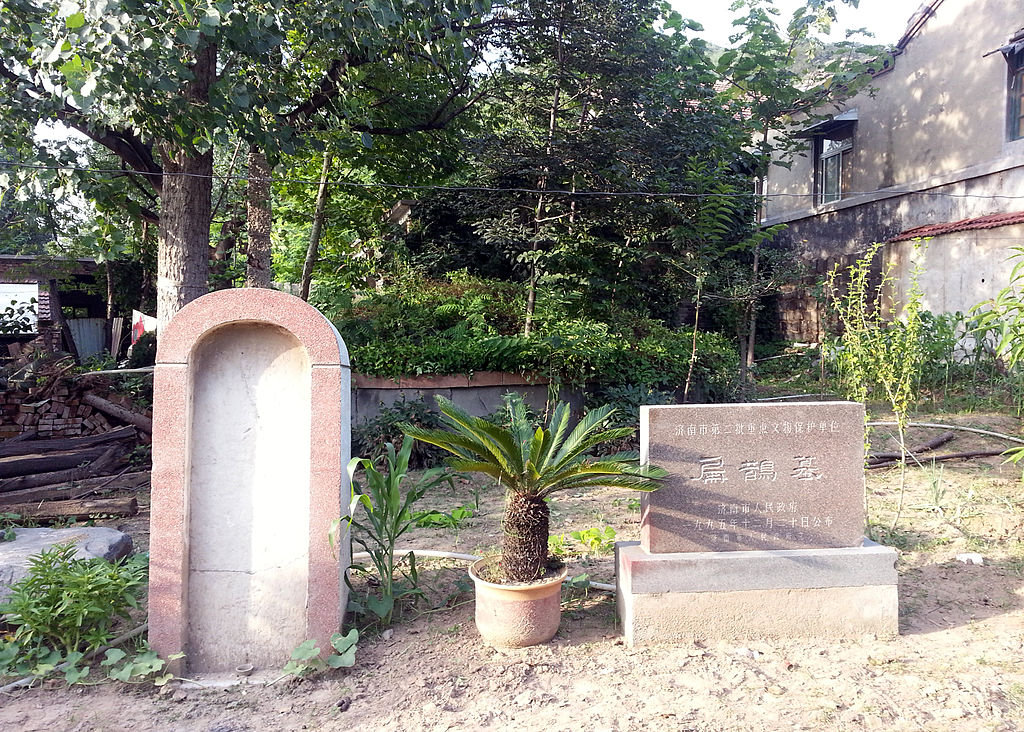
The Tomb of Bian Que in Jinan Wikipedia
Courtesy of Rolfmueller CC BY-SA 3.0

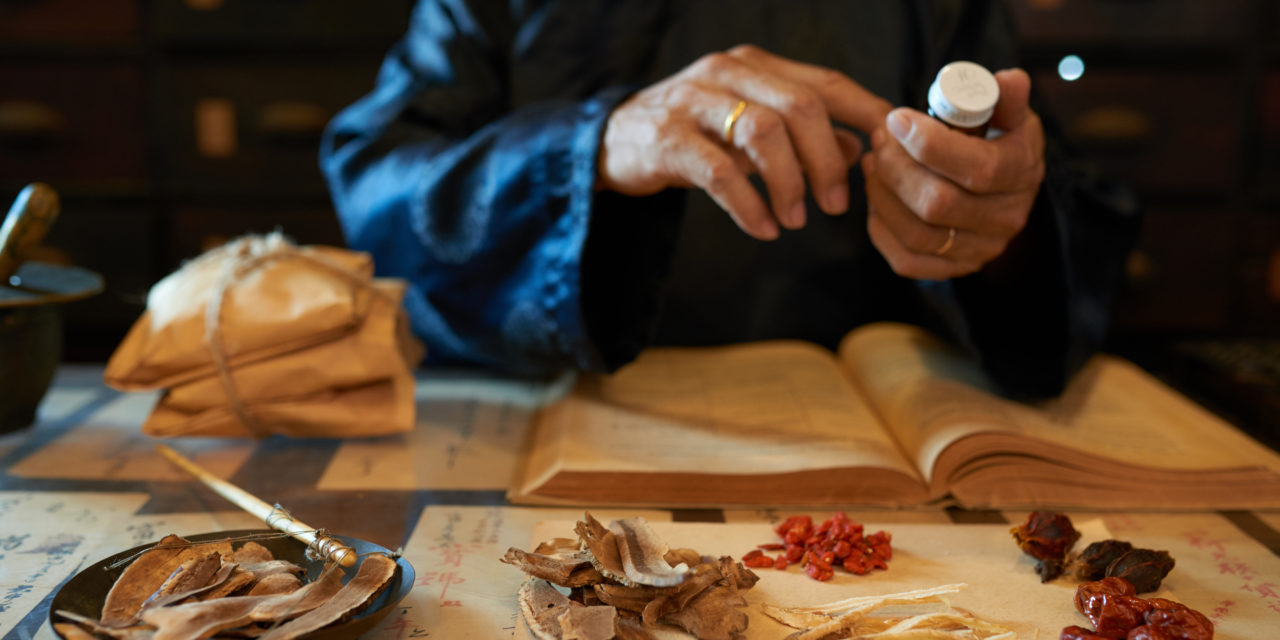

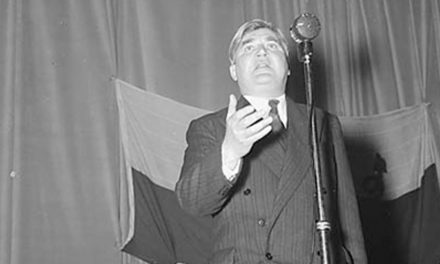

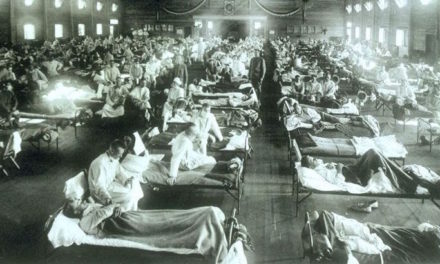

Recent Comments